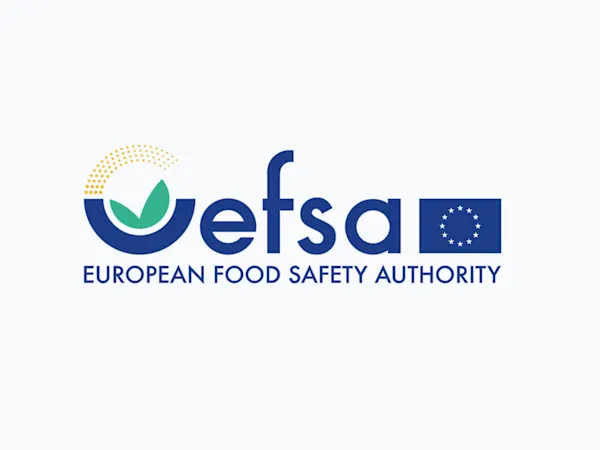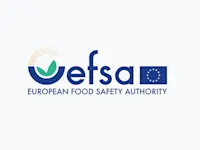
EFSA Seeks Feedback on Overhaul of Weight of Evidence and Biological Relevance Guidance
EFSA launches consultation on updating its Weight of Evidence and Biological Relevance guidance, aiming to streamline chemical risk assessment practices.


A newly published briefing by the European Environment Agency (EEA) warns of increased regulatory action on PFAS polymers, signalling significant changes for manufacturers and supply chain stakeholders. Released on 29 April 2025, the report reinforces the EU’s commitment to phase out these persistent chemicals under the upcoming REACH universal restriction, with implications for sectors ranging from textiles to advanced electronics.
The EEA briefing marks a critical step in the EU’s chemical policy, aligning with the Chemicals Strategy for Sustainability and broader goals around zero pollution and circularity. PFAS polymers—used in everything from non-stick cookware to solar panels—may soon face sweeping restrictions.
PFAS polymers make up an estimated 24–40% of total PFAS use in the EU, appearing in a vast range of applications. These include industrial coatings, lithium-ion batteries, and semiconductor production, all vital to Europe’s green and digital transitions.
Despite their performance advantages, PFAS polymers present complex environmental risks. The EEA highlights emissions across the entire life cycle—from production and product use to end-of-life treatment. Worryingly, some polymers degrade into more harmful non-polymeric PFAS, such as trifluoroacetic acid (TFA), contaminating water, soil, and air.
A proposal for a universal PFAS restriction under REACH, submitted by five EU Member States, is currently under scientific review. The proposal includes PFAS polymers and may allow only narrow, time-bound exemptions for critical uses.
The restriction is expected to form part of the Chemicals Industry Package, due for release in late 2025. While final outcomes are pending, the signal is clear: manufacturers and supply chain partners must begin evaluating substitution options, mapping PFAS use, and preparing for tighter compliance checks.
The EEA’s briefing stresses that the risks of PFAS polymers extend beyond manufacturing to waste management, recycling, and even climate impact due to emissions of potent greenhouse gases like HFC-23 during production.
Stakeholders across automotive, electronics, textiles, and waste processing should assess vulnerabilities, especially as detection, monitoring, and traceability improve.
Foresight continuously tracks 1000s of sources and maps updates to your portfolio:




EFSA launches consultation on updating its Weight of Evidence and Biological Relevance guidance, aiming to streamline chemical risk assessment practices.

The Netherlands refines its list of potential ZZS chemicals to better align with EU assessments, boosting early detection and regulatory foresight.

Germany's CONMAR-Impact study sets new environmental quality standards for TNT in marine ecosystems, raising industry-wide compliance questions.
Subscribe to Foresight Weekly and get the latest insights on regulatory changes affecting chemical compliance.
Free forever. Unsubscribe anytime.
Read by professionals at